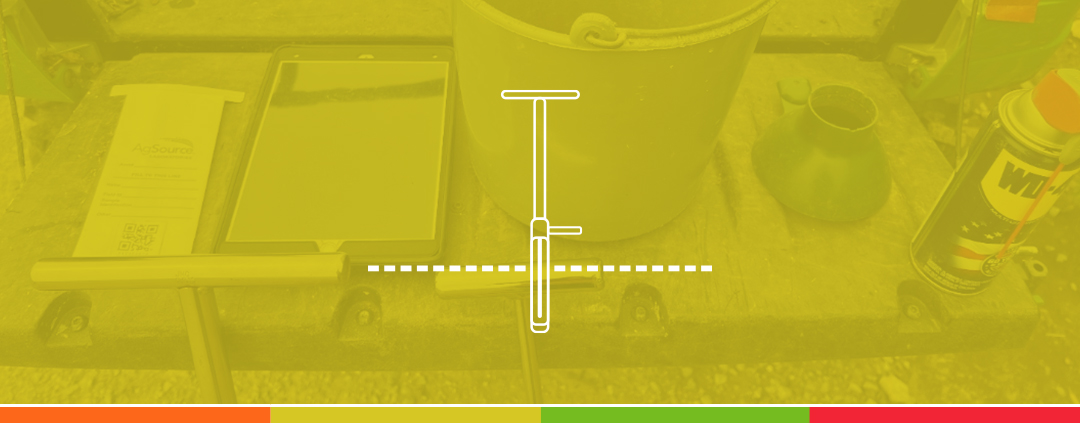DIY Soil Sampling
Soil sampling is an essential practice for all farmers. It provides valuable insights into the health and needs of your soil, helping you make informed decisions that can lead to better crop yields and more efficient use of fertilizers. Here’s why you should consider doing your own soil sampling and how to get started.
Why Soil Sampling Matters
Soil sampling allows you to understand your soil’s nutrient composition and pH levels. This information is crucial for determining the type and amount of fertilizer needed to optimize plant growth and yields. During these tight economic times, this information is more critical than ever. By regularly sampling your soil, you can track changes over time and adjust your management practices accordingly.
Easy and Efficient Soil Sampling
Contrary to what you may think, soil sampling isn’t difficult or time-consuming. You only need a soil probe, a bucket, and a smartphone. With these simple tools, you can collect samples quickly and efficiently.
Follow our easy-to-use guide in our knowledge base to learn more about the process – How to Soil Sample. We are also here to help you with any questions you may have along the way.
Positive ROI for Your Time
Doing your own soil sampling can provide a significant return on investment (ROI) for your time. Many companies charge around $3.50 per acre for 2.5-acre grid sampling. For a 100-acre field, this amounts to $350. However, as you see below, by doing it yourself, you can save substantial money:
Cost Breakdown:
Professional Service: $350 for 100 acres.
DIY Sampling: 40 samples in about 2 hours, equating to $175 per hour saved!
The cost of VRAFY Basic is only $1 per acre. And you get all the other benefits of VRAFY Basic on top of it! After 100 acres, you’ve covered the cost of the soil probe and other supplies. Any additional sampling is pure savings.
Quality and Convenience
When you do your own soil sampling, you ensure the job is done to your standards and on your schedule. Consistency is key for comparable results. Many prefer to sample after harvest but before tillage, while others do it early in the season and calculate crop removal from yield maps. By doing it yourself, you control the timing and can adjust as needed.
If you notice something unusual at a sampling point, you can easily move to a better location to get a more representative sample. This level of attention to detail is often lacking when relying on external services.
Scouting and Soil Health
Collecting your own soil samples gives you a unique opportunity to scout your fields. You can identify areas of compaction, spot diseases such as sclerotinia white mold, and get a feel for the soil’s health. This hands-on approach helps you understand the nuances of your fields better than any report can.
Addressing Anomalies
If you notice something unusual in your crops, you can take additional samples in those areas. Simply drop a virtual flag, grab a new sample, and learn more about that specific point. VRAFY can help map these points for future management decisions, or you can ignore them if they turn out to be unimportant.
By taking control of your soil sampling, you save money and gain valuable insights into your soil’s health and needs. This proactive approach can lead to better crop management and higher yields, making it well worth the effort.



